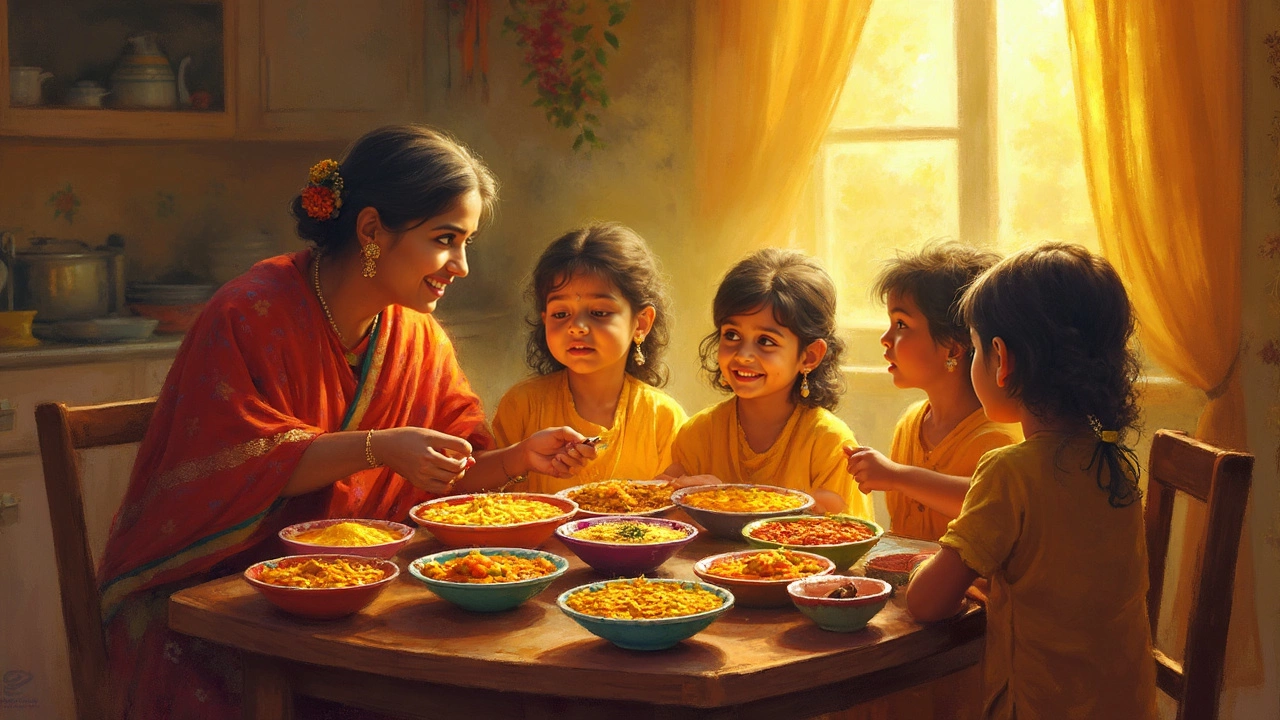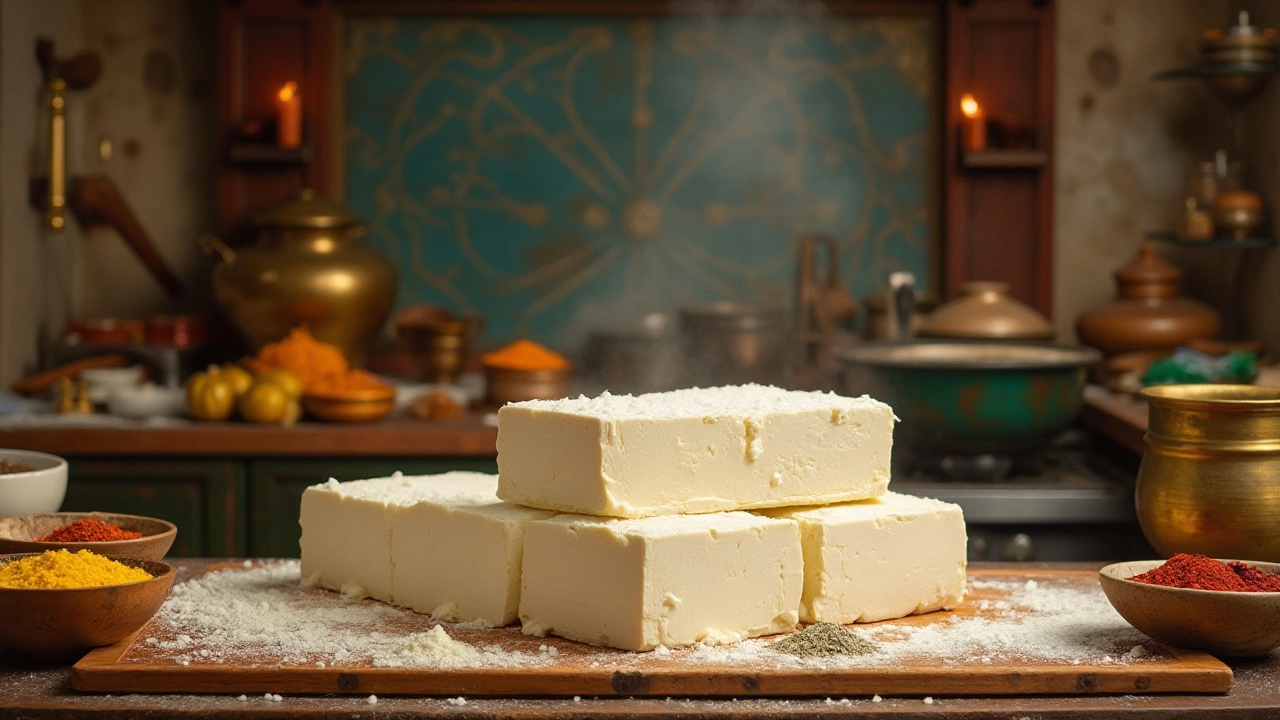Daily Consumption Tips for Healthy Indian Meals
Ever wonder how to keep your Indian meals tasty while staying on track with health goals? The trick isn’t a miracle diet; it’s about small, consistent choices you make every day. Below are simple habits you can start right now to make your daily consumption both flavorful and balanced.
Start Your Day with a Power Breakfast
Most Indian breakfasts are heavy on carbs – think idli, dosa, or paratha. Pair them with protein like boiled eggs, sprouted moong, or low‑fat paneer. A quick bowl of upma mixed with veggies gives fiber and keeps you full until lunch. If you’re short on time, blend a banana, a spoonful of peanut butter, and a splash of milk for a portable shake that packs energy without the sugar crash.
Smart Snacks and Lunch Swaps
Mid‑day cravings are common, especially when you’re juggling work. Replace a bag of chips with roasted chana or a small handful of nuts. They’re crunchy, satisfy the urge, and add protein. For lunch, choose a mixed vegetable sambar with a small portion of brown rice or millets instead of plain white rice. Adding a side of cucumber raita brings fresh flavor and helps curb salt intake.
Dinner can be the most relaxed meal, but portion control still matters. Stick to a plate that’s half vegetables, a quarter lean protein (like grilled fish, chicken, or tofu), and a quarter whole grain (brown rice, quinoa, or whole‑wheat roti). This balance keeps blood sugar steady and prevents late‑night heaviness.
Hydration often slips through the cracks. Aim for at least eight glasses of water a day. If plain water feels boring, sip on a cup of ginger‑lemon tea or infused water with cucumber slices. Staying hydrated helps digestion and reduces the temptation to snack out of boredom.
Finally, be kind to yourself. One indulgent bite isn’t a failure; it’s part of a realistic eating pattern. If you love jalebi or samosa, enjoy a small portion and pair it with a fresh salad or fruit. The goal is consistency, not perfection.
By applying these everyday tweaks—protein‑rich breakfasts, smarter snack swaps, balanced plates, and steady hydration—you’ll notice more energy, better digestion, and a steadier waistline. The best part? You don’t have to give up the flavors you love. Just guide them into a daily routine that supports your health goals.
Disadvantages of Eating Dal Daily: What You Need to Know
While dal is a staple in many diets and celebrated for its protein content, eating it daily might have some downsides. Concerns such as digestive issues due to fiber, the risk of developing gas or bloating, and potential nutrient imbalances are worth considering. Moreover, high levels of certain compounds can affect mineral absorption. It's important to understand how dal fits into a balanced diet to avoid these pitfalls.
Understanding the Downsides of Consuming Homemade Paneer Daily
Paneer, a fresh cheese common in Indian cuisine, is a popular choice for its creamy texture and high protein content. While delightful and versatile, eating paneer every day might not be the best idea for some people's diets. Regular consumption can pose challenges such as increased calorie intake, high levels of saturated fat, and potential digestive issues. Understanding these downsides can help you make more informed dietary choices when including paneer in your meals.

